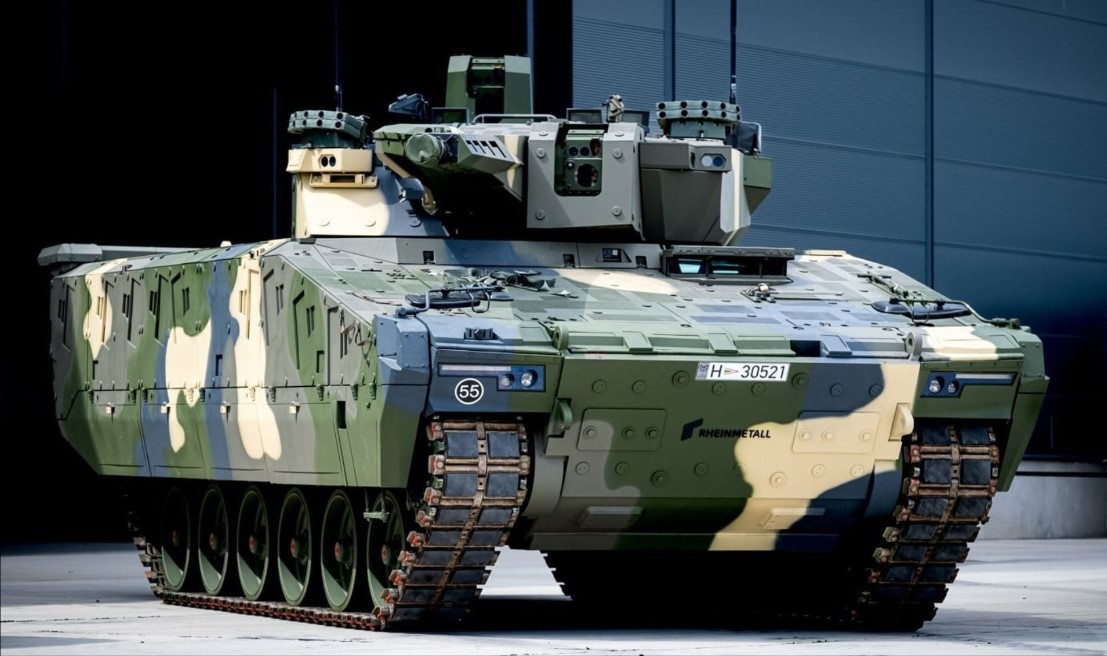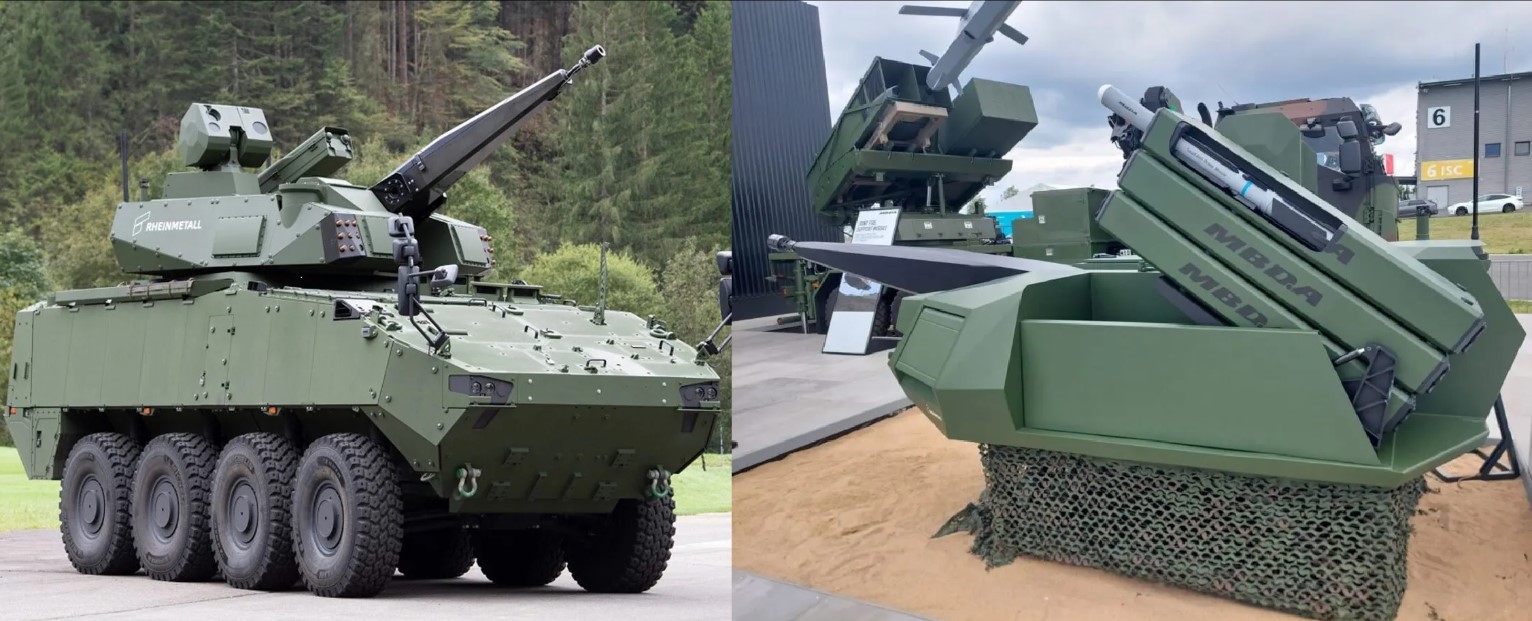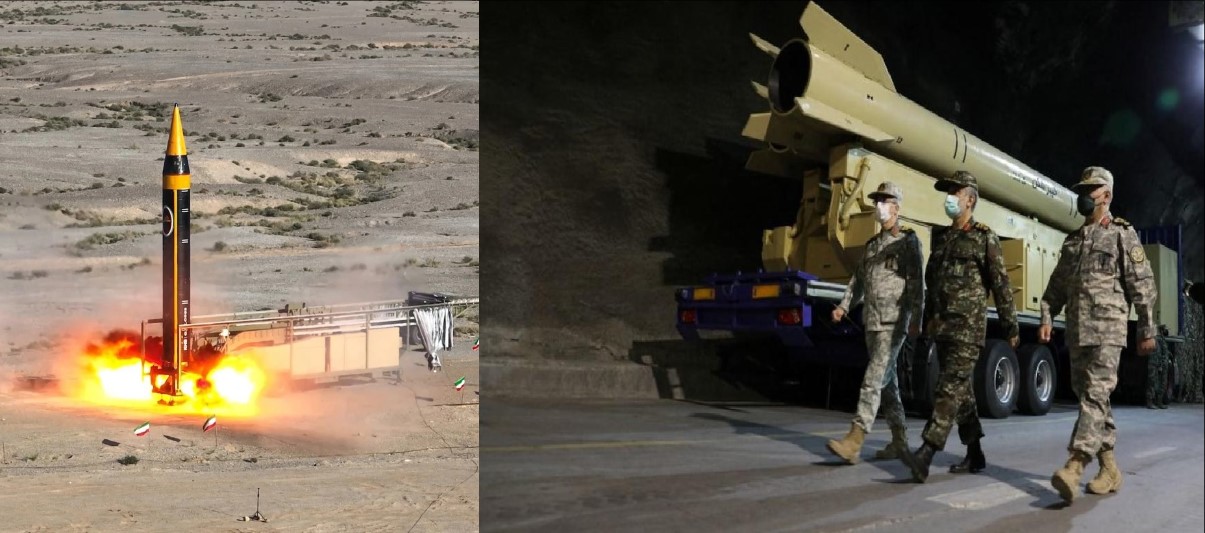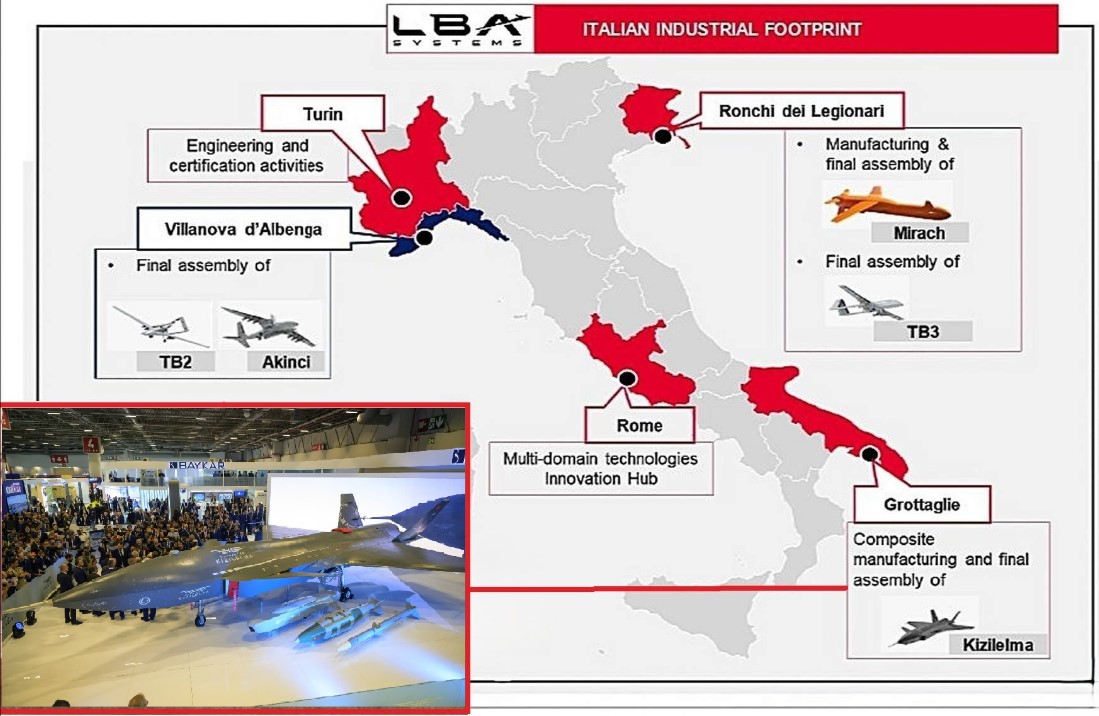Israeli Military Tests Unmanned Cargo Vehicle to Enhance Logistics Safety in Lebanon

In a significant step toward improving operational safety, the Israel Defense Forces (IDF) have begun testing an unmanned cargo vehicle aimed at reducing the risks faced by logistics troops during supply missions. This trial comes after the tragic deaths of three logistics soldiers—Aviv Magen, Itay Azulai, and Yosef Doron—who were killed while transporting supplies and forces across the northern border of Lebanon. Their deaths highlighted the hazardous nature of battlefield logistics, particularly in contested areas, prompting the IDF to explore safer alternatives.
The trial took place near a key crossing point along Israel’s northern border, where the usual sounds of military activity—tanks rolling, armored vehicles rumbling, and soldiers coordinating—filled the air. But among the usual convoy vehicles, a new addition stood out: an innovative unmanned vehicle, a heavy-duty robotic truck that could be seen moving with precision across challenging terrain, effortlessly navigating earthen mounds and bypassing obstacles. Loaded with critical supplies, this unmanned cargo vehicle is part of a broader effort by the IDF to enhance its logistics capabilities and mitigate the risks faced by its personnel.
Manufactured by the Israeli company Plasan, the All-Terrain Electric Mission Module (ATeMM) is at the heart of this new trial. This futuristic vehicle is designed to operate in some of the most difficult environments, thanks to its electric all-terrain propulsion system. Each wheel of the ATeMM is powered independently by a 268-horsepower electric motor, supported by a 47 kWh battery pack. This design allows the vehicle to travel up to 200 kilometers on a single charge, making it not only a robust transport vehicle but also a mobile power station capable of supporting field operations. Its versatility is underscored by the modularity of its design, which can be adapted for various military functions.
The ATeMM’s potential goes beyond just transporting supplies. The vehicle can be attached to a lead vehicle, transforming it into a 6×6 or 8×8 configuration, significantly enhancing its mobility and load-bearing capabilities. This feature is coupled with regenerative braking, which helps to conserve energy, and autonomous steering, eliminating the need for traditional manual hitching, which makes maneuvering more efficient and tactical in combat situations.
However, the testing revealed some challenges that need to be addressed. For instance, the vehicle’s maximum speed of 18 kilometers per hour is relatively slow, limiting its ability to quickly traverse areas when time is critical. The current design also lacks a towing mode, which would be essential for rapid evacuations or emergency situations. Additionally, communication issues between the ATeMM and its operators surfaced, suggesting room for improvements in system integration and reliability.
Despite these hurdles, the vehicle’s modular design holds great promise. Its upper deck can be adapted for a variety of uses, including transporting anti-tank missile launchers, storing ammunition, carrying communication equipment, or even supporting medical evacuation operations. This flexibility makes the ATeMM a valuable asset for different military branches, including infantry, engineering, and special forces, allowing them to customize the vehicle for specific operational needs.
While the ATeMM’s development is still in its early stages, and there are concerns about its cost—reportedly around $100,000 per unit—the potential benefits are clear. If the issues identified during testing can be resolved, the ATeMM could revolutionize military logistics by making supply missions safer and more efficient, reducing the risks to personnel in high-stakes conflict zones like Lebanon. As the IDF continues its trials, further refinement of the vehicle’s features and capabilities is expected, ensuring that it can meet the complex demands of modern warfare.
✍️ This article is written by the team of The Defense News.






